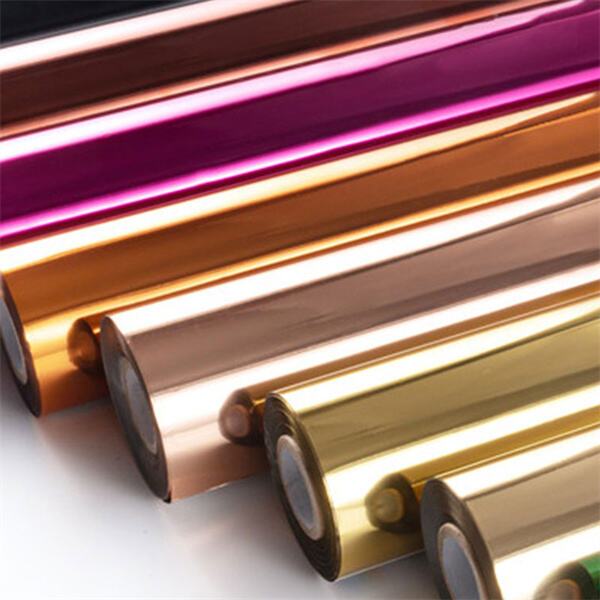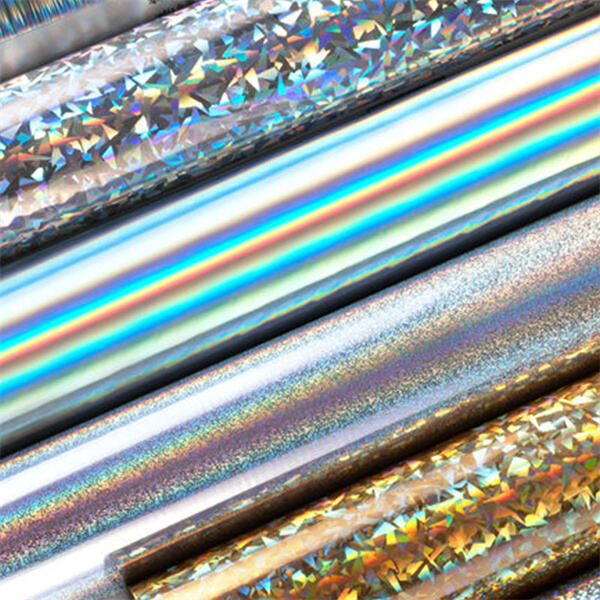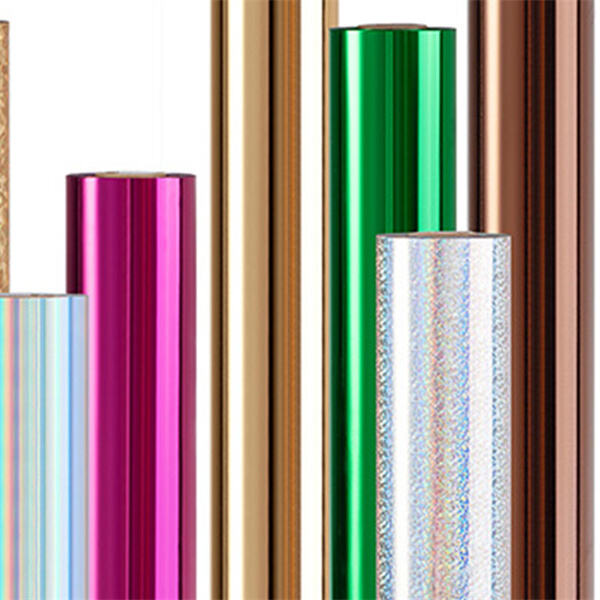Pet film plastic is a form of tough and flexible material. You can find it in a wide range of common products, from food packaging to electronic devices. Oil and gas are natural resources and they are used to make it. Pet film plastic is not only clear but also has a lot of other good properties, which makes it very popular among users. At Shunho Creative, we think it is very critical to learn about pet film transfer and how it is impacting our surroundings. We also believe that the more we know about how we can help to mitigate its negative effects on nature, the better.
There are some useful properties of pet film plastic, which are mentioned below. First of all, it is lightweight which means it is not heavy. Designed to be lightweight, you can even fit these devices in your pocket and use them in a variety of scenarios. Second, it is transparent, which is to say you can see through it. This is why it is often used for packaging; customers can see the product inside. Third, it is very strong so it can last long without breaking.
You may not even know how much pet film you encounter on a daily basis. For instance, it is used to wrap food items, to cover electronic devices and even medicines. You could have even used pet film plastic to complete your school projects. Consider if you have used clear sheets to display graphics on an art board in class presentations before. It’s also present in products such as adhesive tape, labels and laminating sheets, which preserve important documents.
Although pet film plastic has many beneficial uses, it also has an enormous drawback. A big problem is that pet film plastic is not biodegradable. This means that it doesn’t degrade naturally over time like some other materials. When pet film plastic is sent to the waste and is not recycled it sometimes ends in landfills or worse, in our oceans. This is a huge issue as it can cause injury to animals and move the ecosystem out of balance.

One of the best ways to help with its impact on the environment is recycling pet film plastic. Recyclable pet film plastic can be made into new products. It means we don’t have to make as much new plastic, which helps preserve precious resources and energy. In addition to saving room in landfills and oceans, it is great for wildlife and keeping the environment clean and healthy.

In addition to being beneficial for the environment, recycling this type of plastic also helps to encourage a culture of sustainability. Recycling demonstrates that we value the planet and generations to come. By educating others on the importance of recycling pet film plastic, we can inspire positive change in our communities and get more people to help save the environment!

One of the biggest challenges of disposing of pet film plastic is that pet film plastic does not decompose easily. In fact, it can take hundreds of years for that plastic used in pet film to break down completely. This means that when we dispose of it, it can linger in landfills and oceans for a long, long time. This accumulation poses serious risks for wildlife, as animals can confuse plastic as food or become entangled in it.
The pet film plastic of customers come from the leading 500 businesses in the world.
Languages supported include pet film plastic, Spanish and Japanese.Offer complete solutions starting from raw materials to finished products.
pet film plastic paper production can reach 200 tonnes per year.
With FSC, pet film plastic, FDA 21 CFR 176.170, (EU) No 10/2011, TUV OK COMPOST HOME, RECYCLABLE, ISO 9001/14001/45001, CNAS, PATENTS and other environmental protection certificates